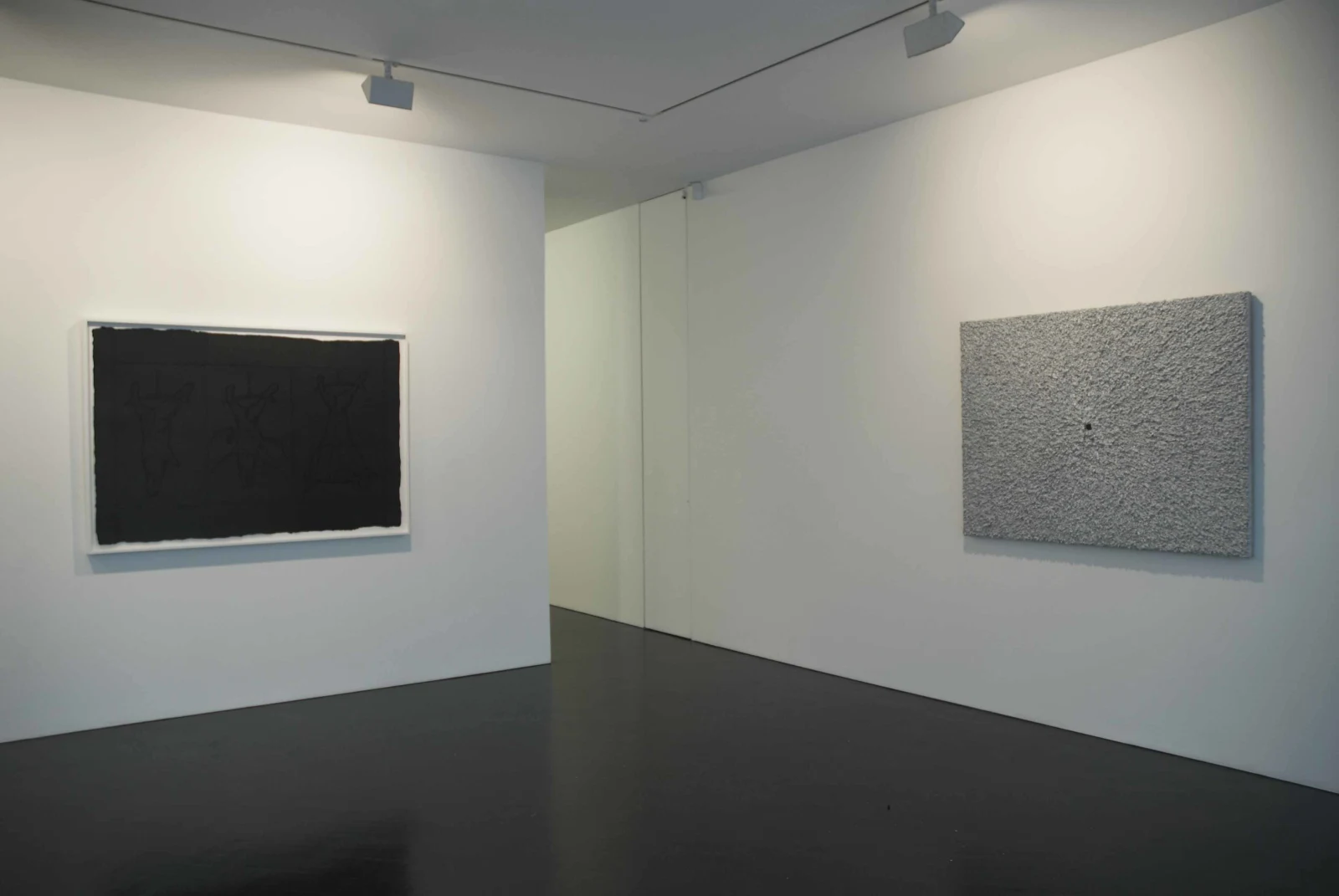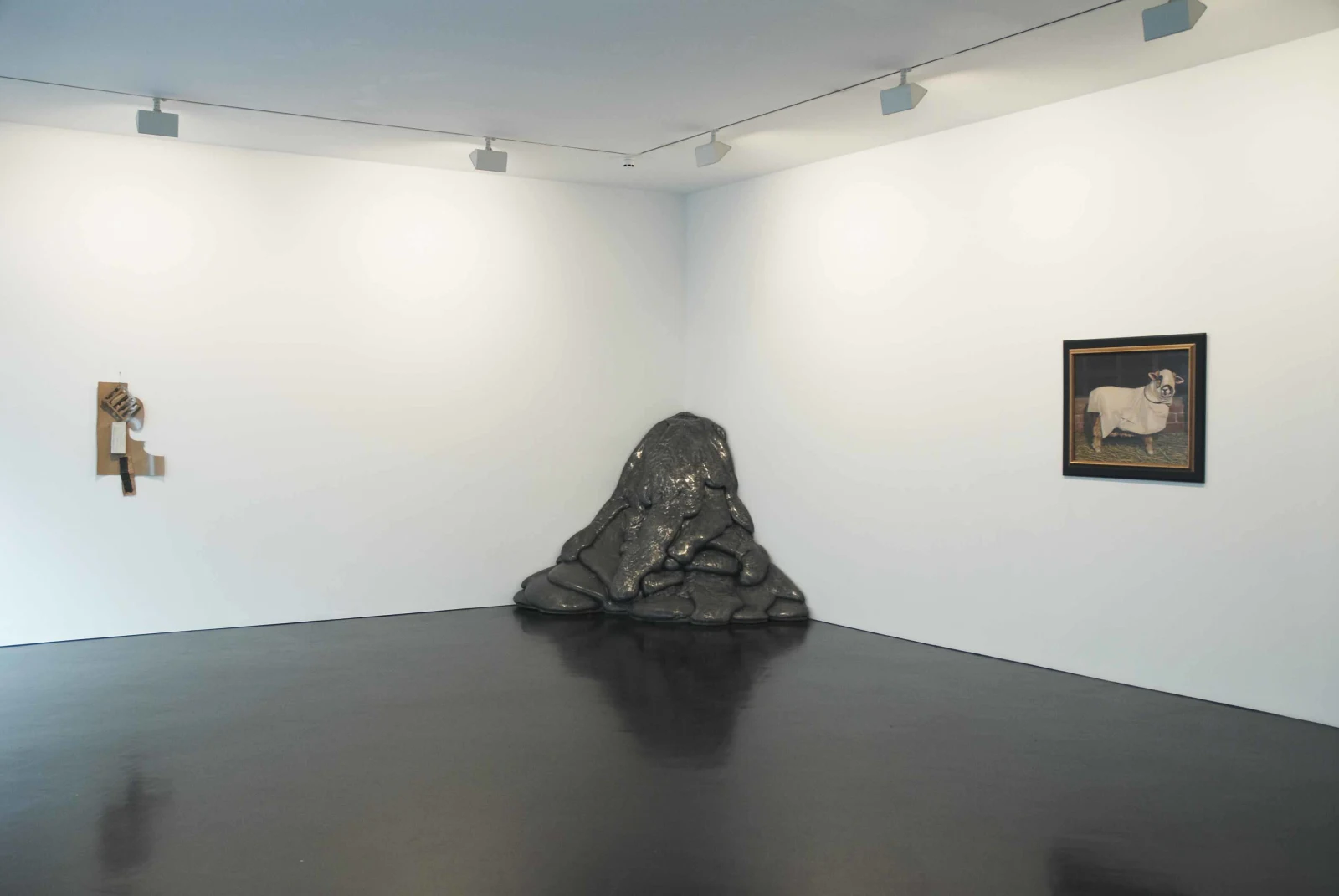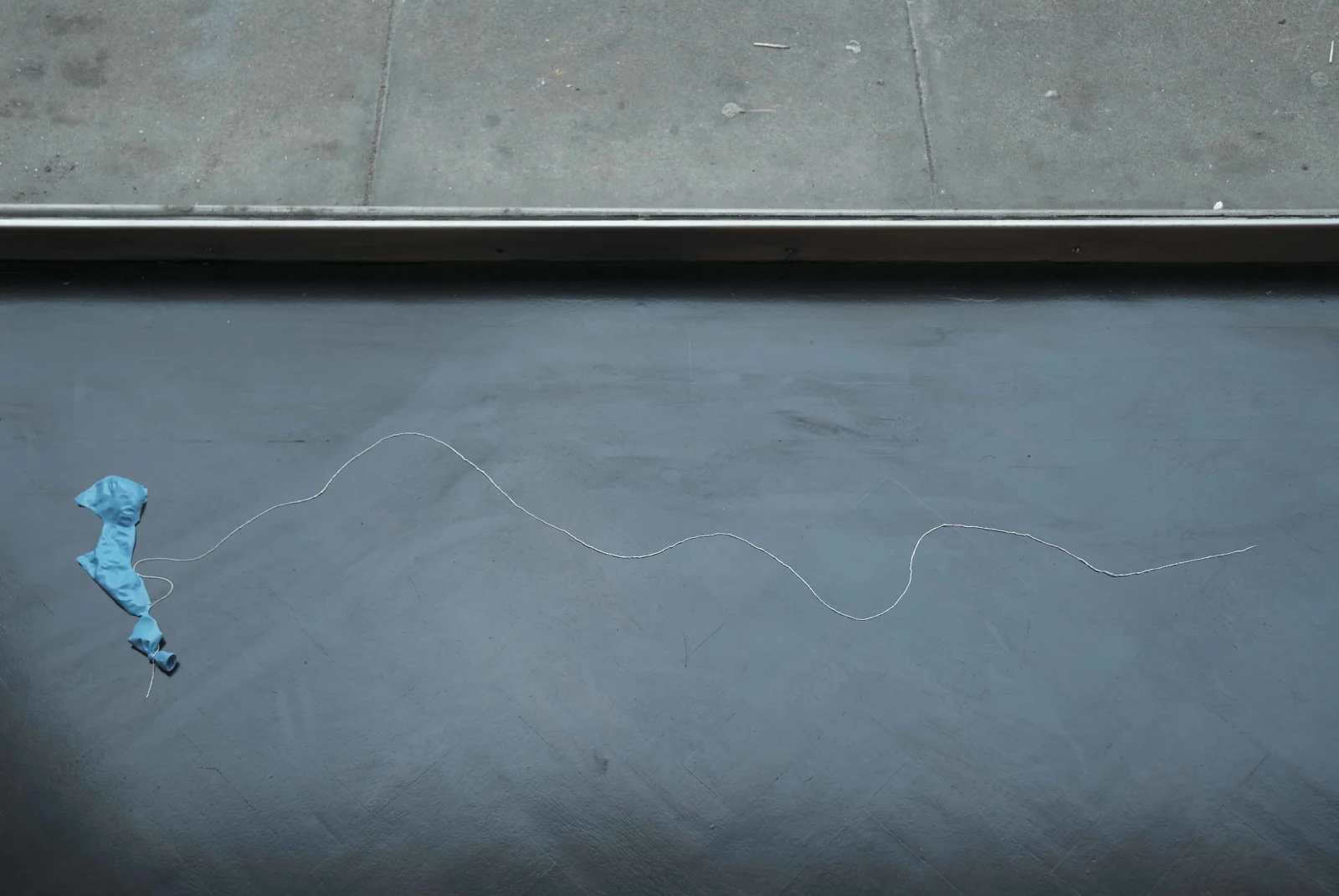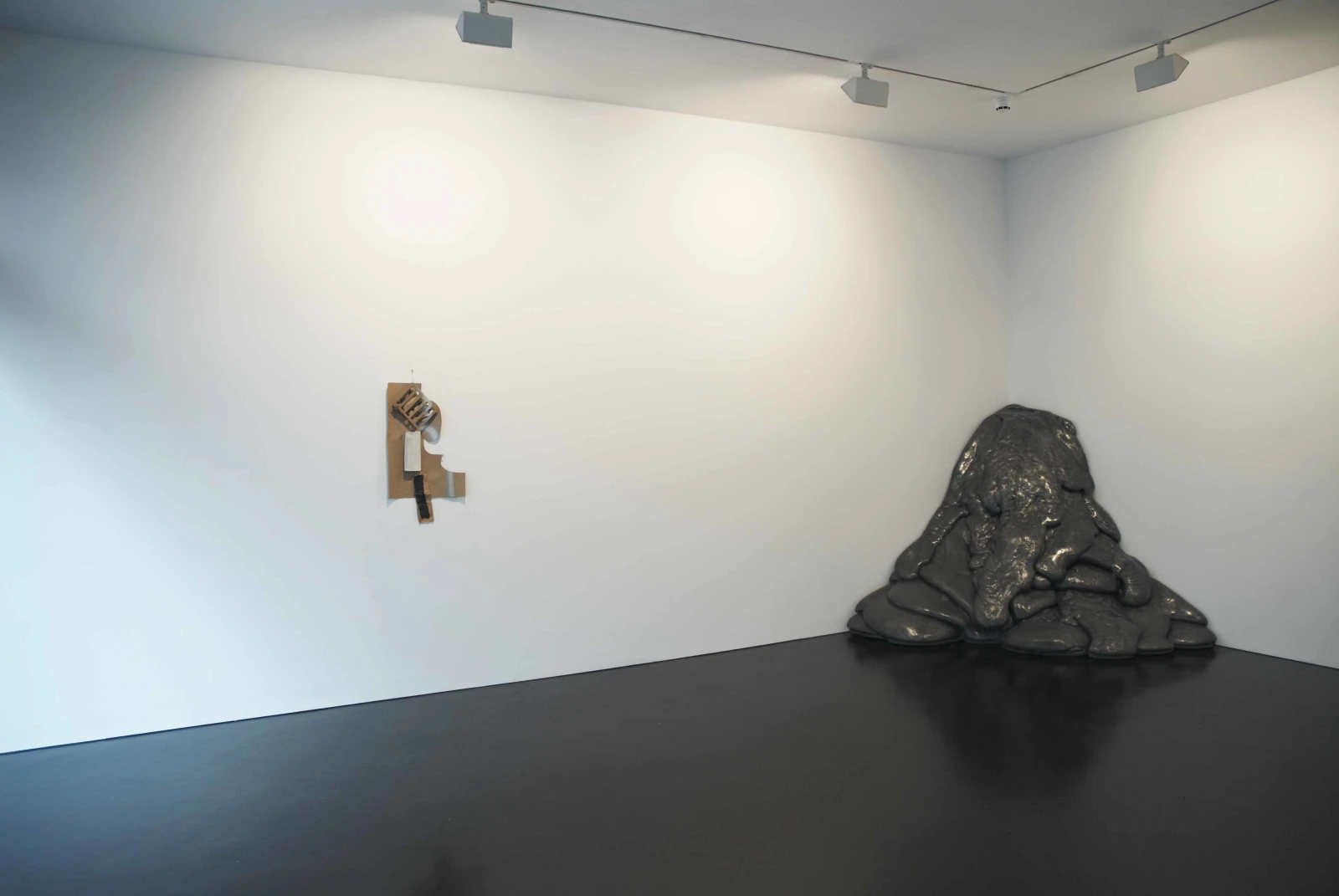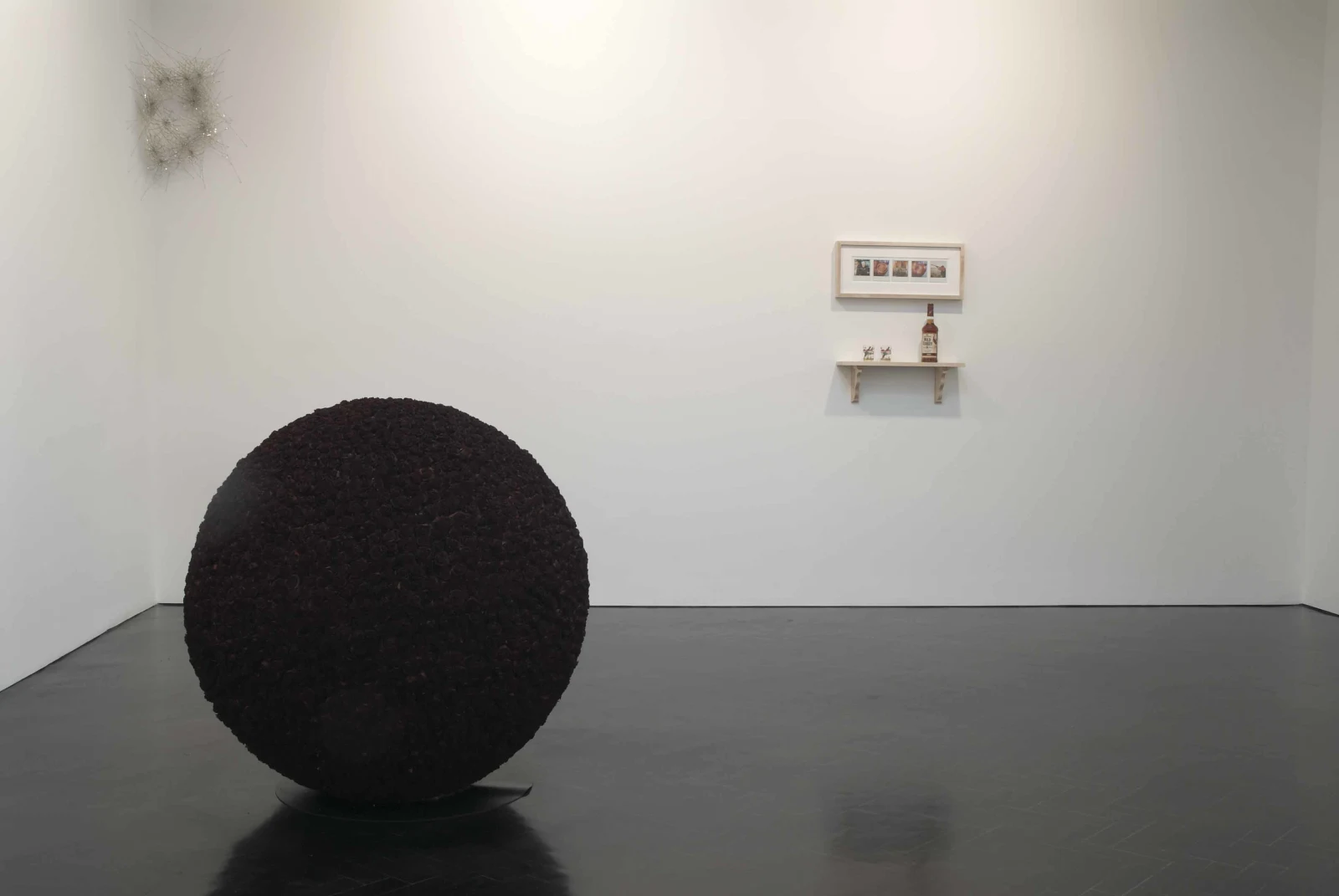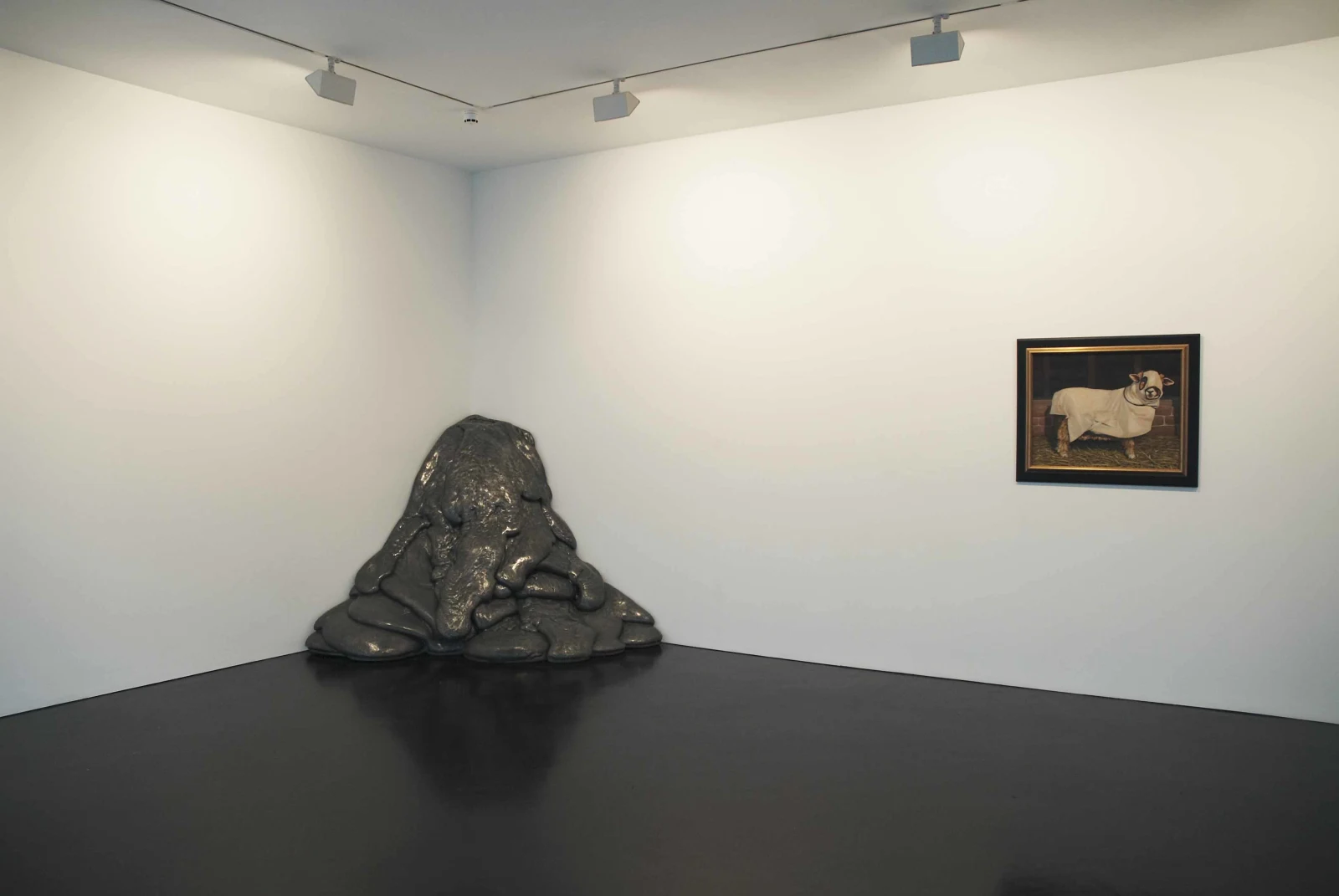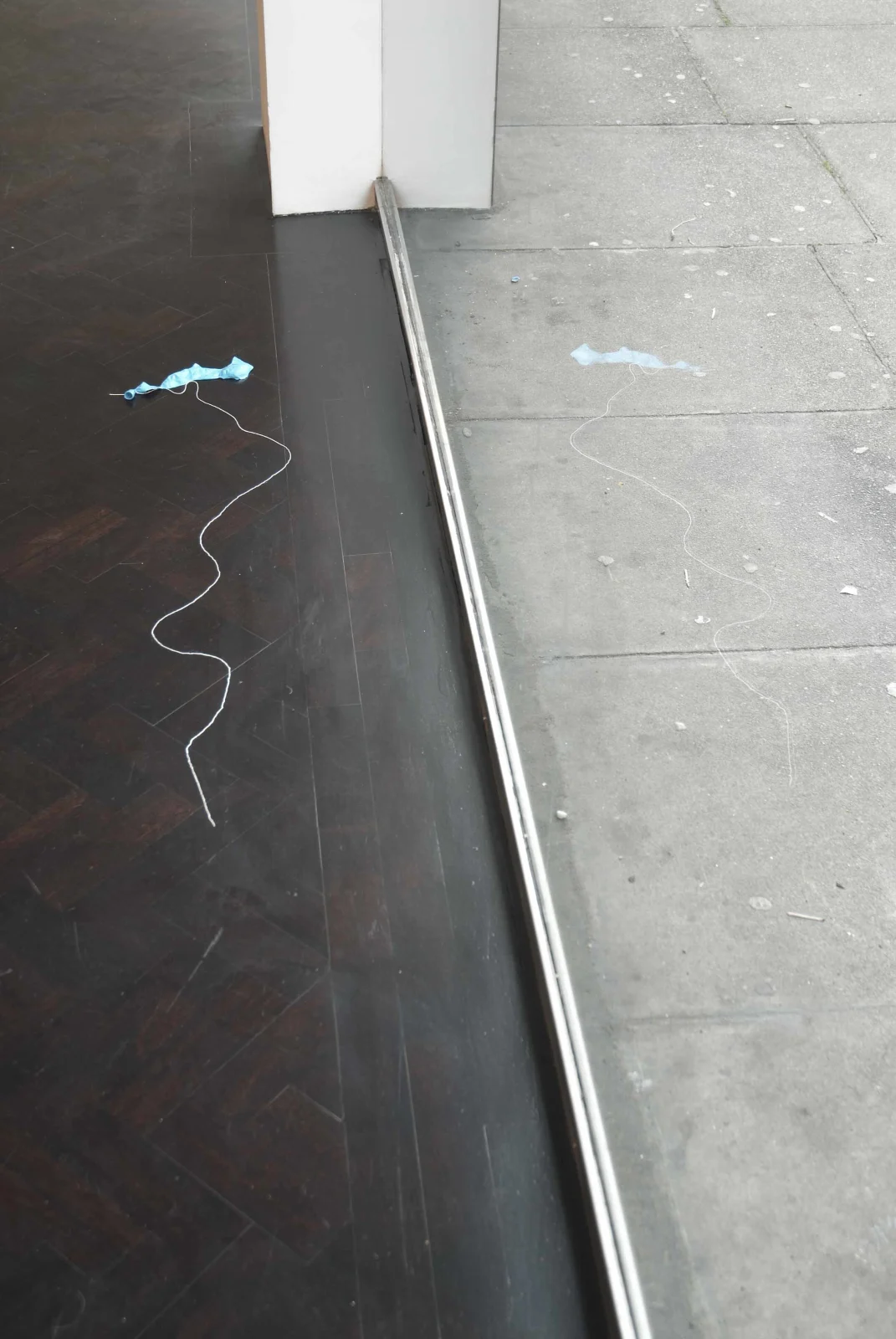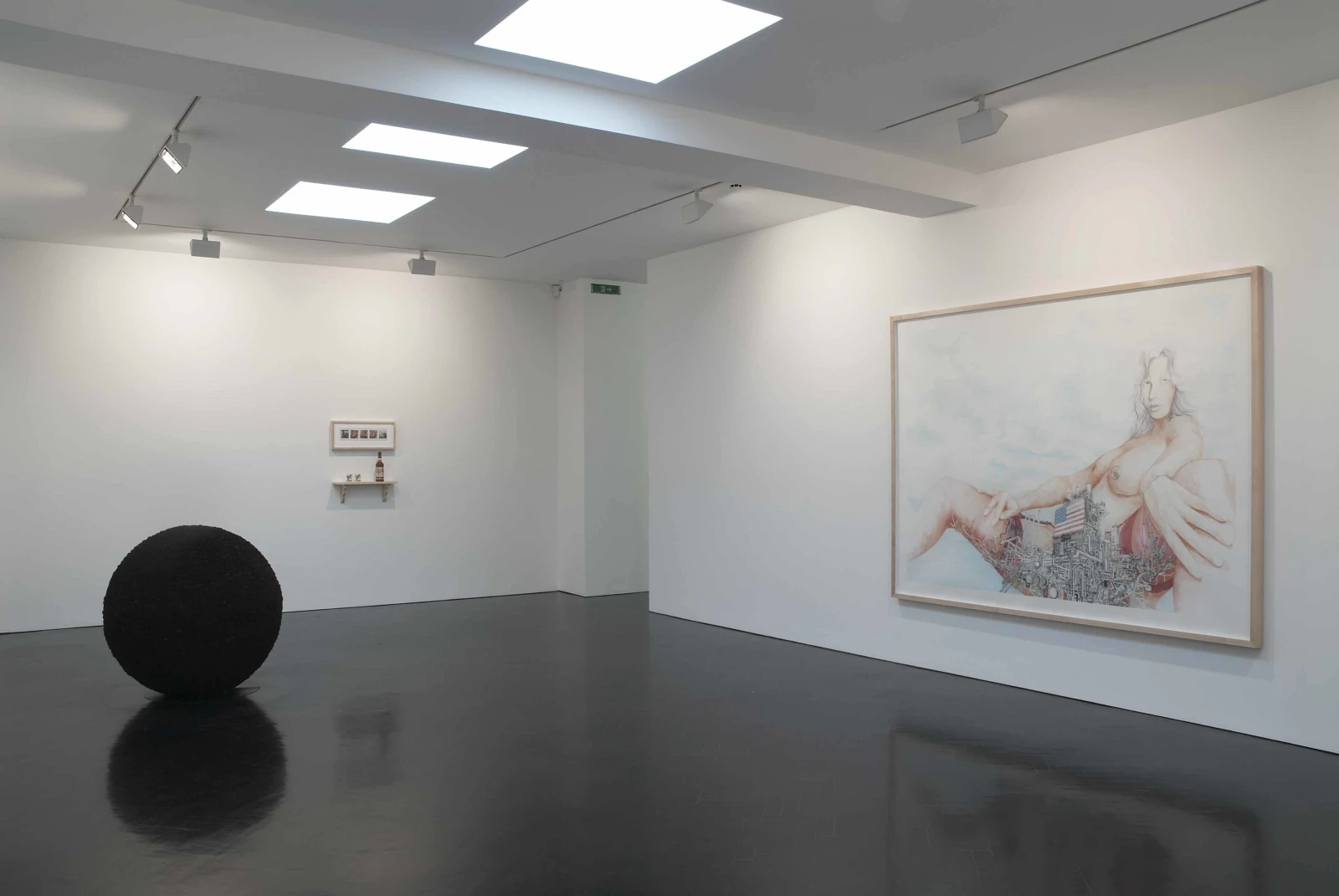
The Last Time They Met
Overview
The subsequent dialogue highlights the fact that art does not exist in isolation, rather that artists are continually influenced by other artists and other artefacts.
Stephen Friedman Gallery is pleased to present The Last Time They Met, a group show including work by Robert Beck, Robert Beck, Lynda Benglis, James Lee Byars, Tom Friedman, Mark Grotjahn, Jim Hodges, Donald Moffett, Catherine Opie, Ad Reinhardt, Richard Tuttle and Suzanne Wright.
For The Last Time They Met, six artists represented by Stephen Friedman Gallery were asked to select one work by a fellow artist with whom they have a special connection. The subsequent dialogue highlights the fact that art does not exist in isolation, rather that artists are continually influenced by other artists and other artefacts. The aim of the exhibition is to reveal some of the mechanisms that shape the participating artists’ identities.
Stephen Friedman Gallery is pleased to present The Last Time They Met, a group show including work by Robert Beck, Robert Beck, Lynda Benglis, James Lee Byars, Tom Friedman, Mark Grotjahn, Jim Hodges, Donald Moffett, Catherine Opie, Ad Reinhardt, Richard Tuttle and Suzanne Wright.
For The Last Time They Met, six artists represented by Stephen Friedman Gallery were asked to select one work by a fellow artist with whom they have a special connection. The subsequent dialogue highlights the fact that art does not exist in isolation, rather that artists are continually influenced by other artists and other artefacts. The aim of the exhibition is to reveal some of the mechanisms that shape the participating artists’ identities.
Robert Beck lives and works in New York and makes drawings, sculptures, photographs and installations which address issues concerning masculinity and violence. He has chosen his namesake Robert Beck, a painter, to exhibit with him. Both artists knew about their uncanny doppelgängers, but only recently met. “For some time, I had been interested in working with Robert, and in doing so here to circumscribe connoisseurship and mere conformity. Too, I was inspired by a ghost story by Henry James, The Jolly Corner.”
Tom Friedman, a Massachusetts-based artist, is well-known for producing thoughtful, amusing, fragile and often transitory work. His ability to transform common objects into something new enables him to elevate the ordinary to the status of art. Friedman has always admired Richard Tuttle, an artist who often works in a similar range of media. Friedman and Tuttle share a delicate approach to art, creating work that is ephemeral, subtle and witty.
Mark Grotjahn is a Los Angeles-based painter whose style of geometric abstraction is highly conceptual. He finds common ground with Ad Reinhardt, whose sharp and witty statements on the rules of pure abstraction he admires. Grotjahn’s works share Reinhardt’s conceptual foundations, but by integrating perspective they demonstrate a different approach towards geometric painting.
Jim Hodges lives and works in New York and produces sculptures, drawings and paintings that deal with the passage of time, memory and loss. In his poetic use of delicate materials, such as gold leaf, glass or mirror, Hodges’ proximity to James Lee Byars becomes apparent. Yet, he claims: “It is the distance between James Lee and myself that interests me, similar to what the earth feels in relationship to other planets in the solar system.”
Donald Moffett, a New York-based artist, creates sumptuous three-dimensional abstract paintings, as well as painted canvases onto which he projects video loops. He chose Lynda Benglis, a feminist artist he admires for her compelling video works and sensuous amoebic wall and floor pieces that protrude into space. “My squirt drinks from her flow,” he says, marvelling at her energy.
Catherine Opie is a photographer who lives and works in Los Angeles. She is known for her portraits of people and the cultural environments and landscapes that shape them. Opie selected Suzanne Wright, explaining how she admires Wright’s feminist approach in depicting people and their surroundings: “She is an amazing feminist using imagery of women in relationship to a male dominant built environment.”
The subsequent dialogue highlights the fact that art does not exist in isolation, rather that artists are continually influenced by other artists and other artefacts.
Installation Views
